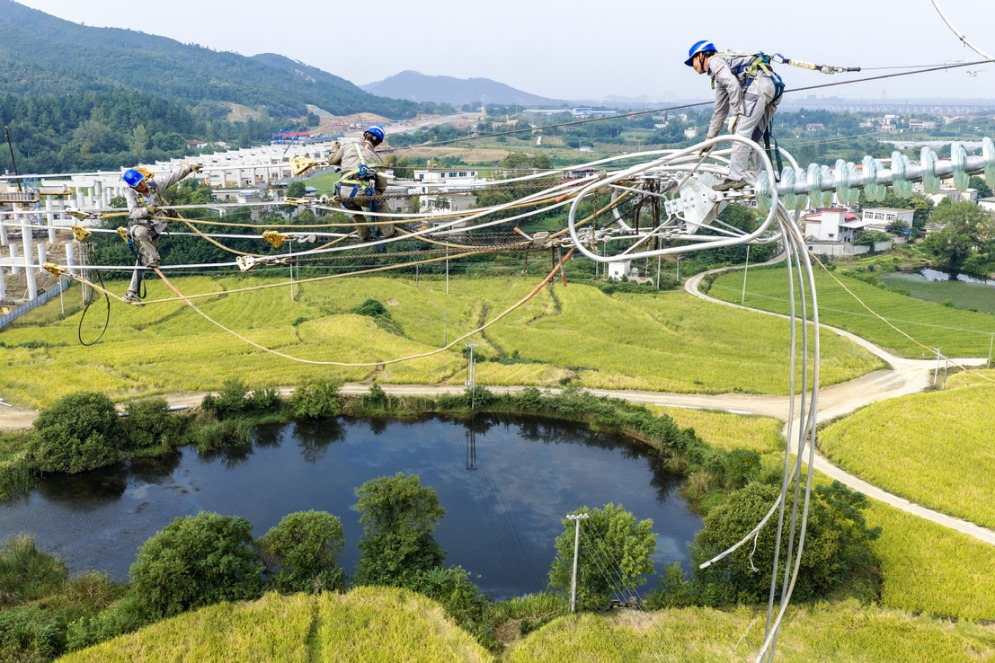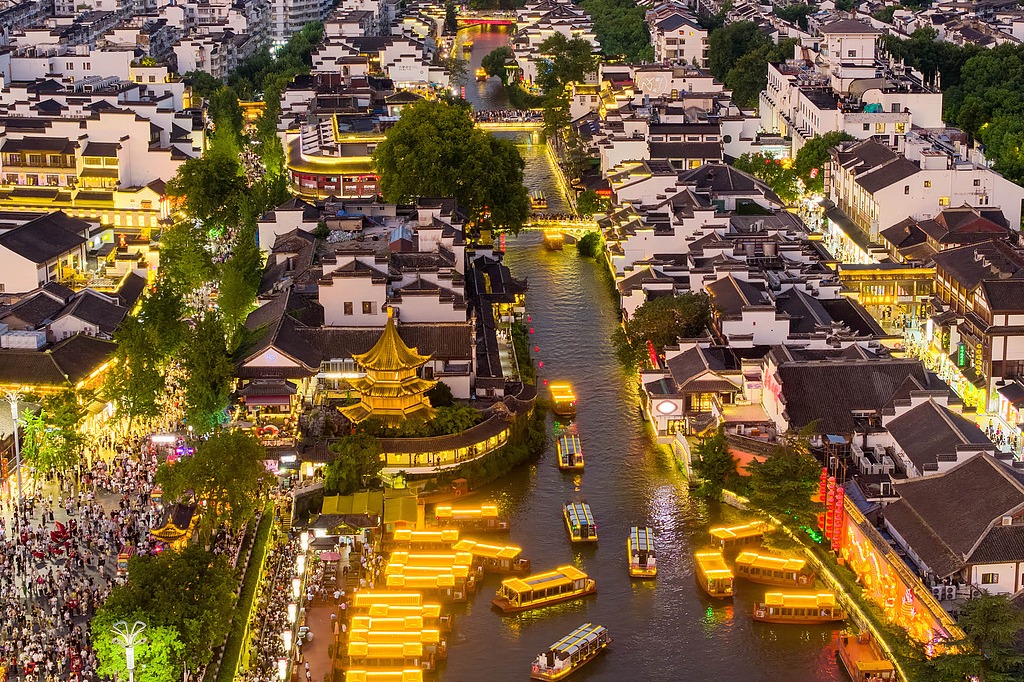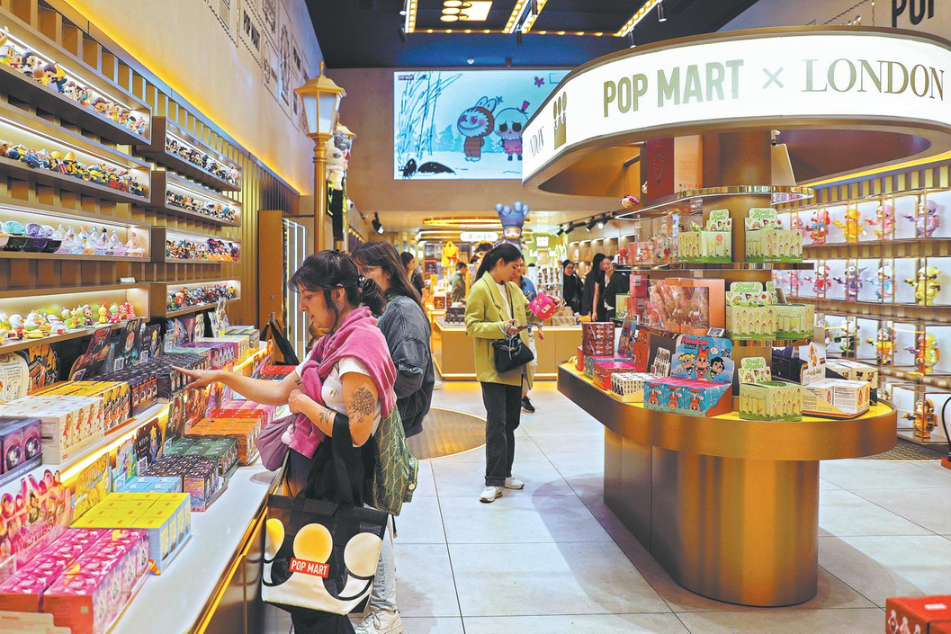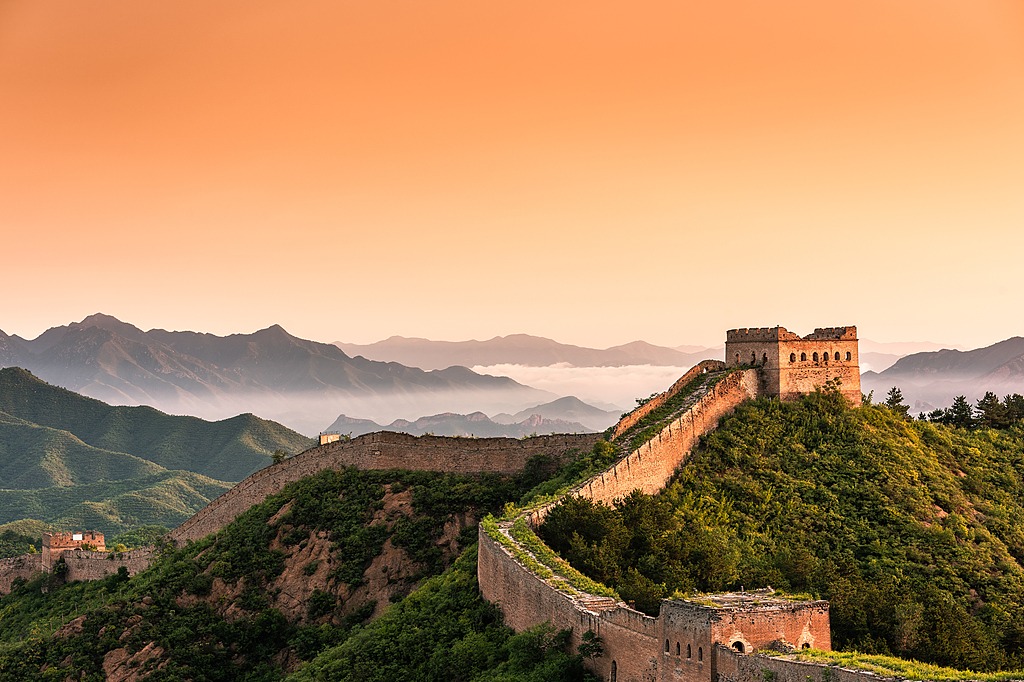Alpine acclaim for Games' ski 'paradise'

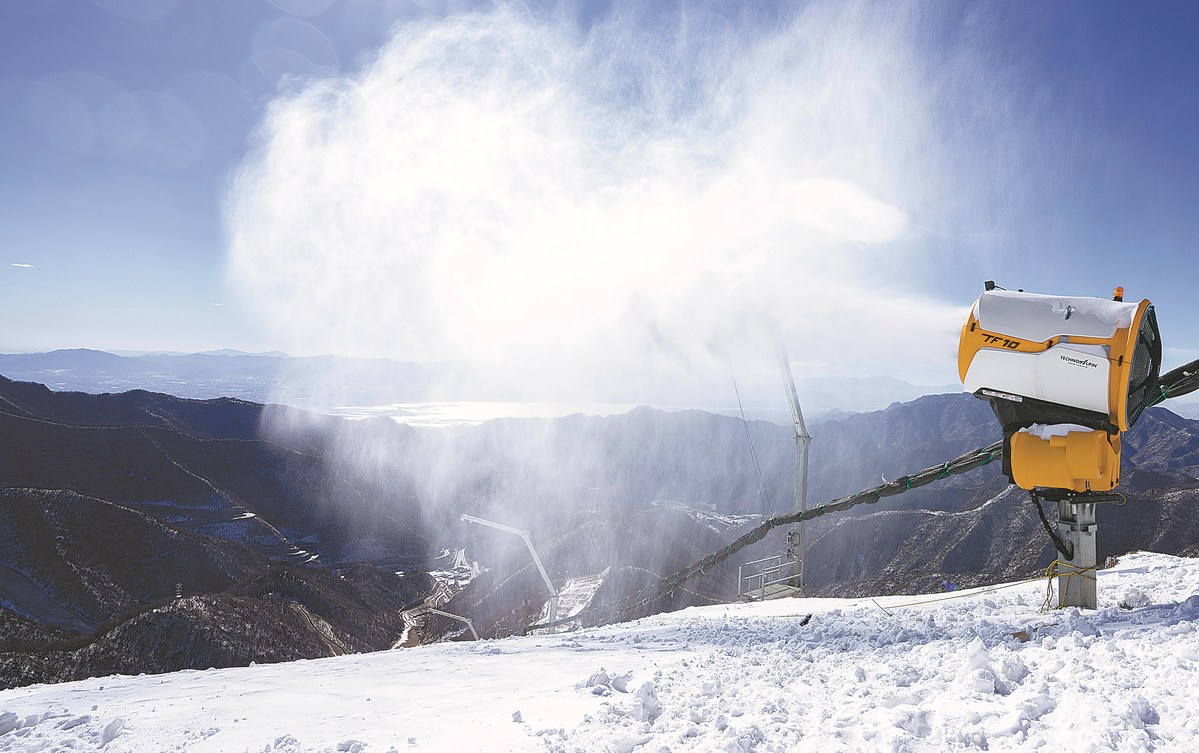
The prospect of the Alpine center continuing to host more FIS-level events and to develop into a popular resort in the sport's burgeoning new market is appealing to top athletes, such as Norwegian Kjetil Jansrud, the 2014 Olympic champion in men's super-G.
"Looking at it from the athlete's perspective and the love of skiing, I think having built such a fantastic venue and now with opportunities for skiing to continue here for many years, it's a great thing," said Jansrud.
"When we travel around now with the sport, it's usually on the old hills that have histories, if not to say hundreds of years back. If Alpine skiing is going to survive and get its spot in Asia as well, this is a venue that really speaks for that future. It's amazing."
Citing the density and consistency of surface needed on the piste for athletes to compete as fairly as possible, Russi claimed that the use of artificial snow represents the future of Alpine events at the Olympics and other world-class meets.
"This is nothing new. Already in the past, I would say five to 10 years, we have been skiing only on man-made snow," said the 73-year-old.
"In order to have a perfect course for Alpine racing you need man-made snow to get the right quality, the compact snow for the power which these racers are able to put down on the snow.
"As I said before, the best snow for Alpine racing today is the man-made snow."
As a decades-long practice adopted internationally, the use of man-made snow has proved a more efficient and reliable alternative to the natural form to shape courses for almost all skiing and snowboarding disciplines, according to Wei Qinghua, mountain operation manager at the Guyangshu venue cluster in Chongli, a district of Games co-host Zhangjiakou, Hebei province.
The use of an advanced, smart snowmaking system, supported by an efficient water-recycling project deployed at Beijing 2022 venues, renders concerns over man-made snow's environmental impact almost redundant, said Wei.
"The snowmaking system has an automatic control, which takes the humidity, temperature and other factors into consideration to improve the conversion ratio from water to snow and improve our efficiency of water use," said Wei, who has over 20 years' experience in the region's ski industry.
"The source of water we used for snowmaking only comes from rainfall and also the surface runoff. For all the three venues here we planned to use 390,000 tons of water for snowmaking, which is less than 1 percent of the water reserve in Chongli."














